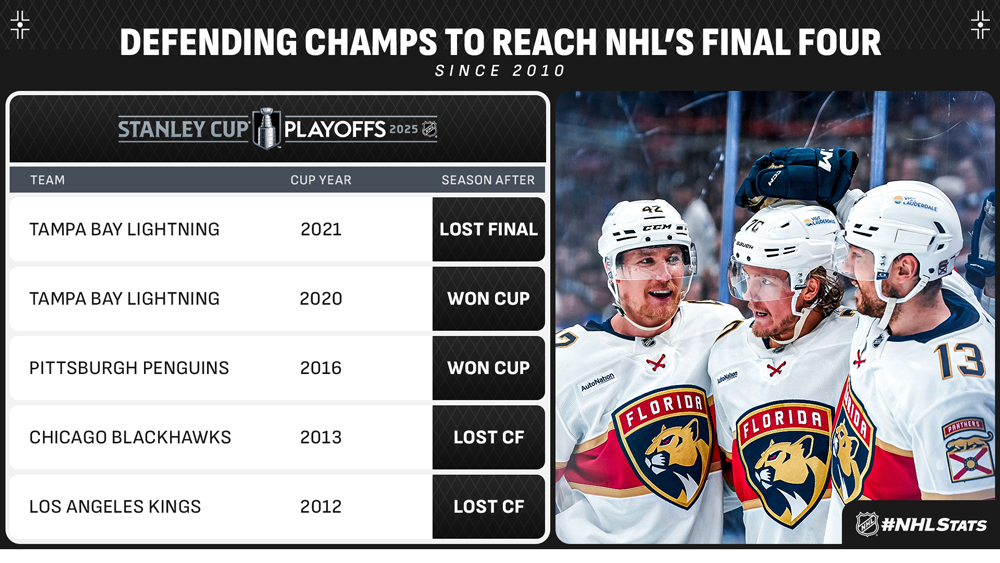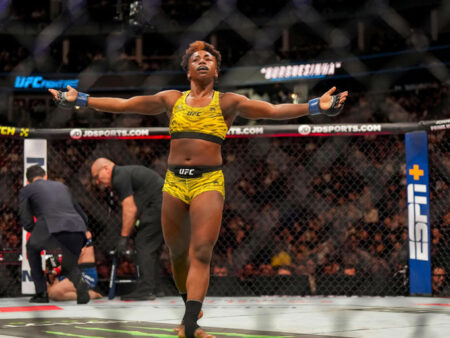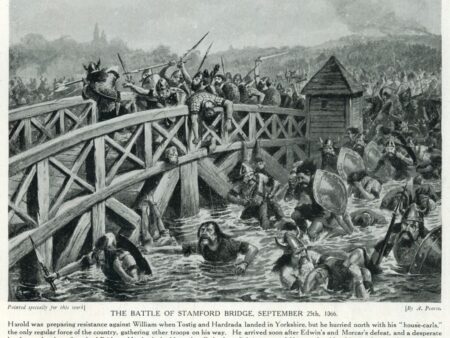
In a move that sends a clear message about competitive integrity and closes a long-standing “creative accounting” loophole, the National Hockey League (NHL) and the NHL Players` Association (NHLPA) have reportedly agreed to accelerate the implementation of a playoff salary cap. Slated to take effect for the 2026 post-season, this decision arrives ahead of the originally scheduled 2026-27 season, indicating a swift response to what many considered an unfair advantage.
The Phantom Return: A Loophole`s Legacy
For years, a particular strategy had become something of a dark art in NHL team management: the strategic deployment of the Long-Term Injured Reserve (LTIR). While ostensibly designed to provide financial relief for teams genuinely burdened by significant player injuries, the LTIR mechanism in the playoffs often transformed into a potent, albeit controversial, competitive tool.
Here`s how it worked, in essence:
- During the regular season, a team could place a highly paid player on LTIR due to injury.
- This allowed the team to exceed the salary cap, effectively granting them additional cap space to acquire more talent, often at the trade deadline.
- The crucial part? Historically, the NHL`s salary cap ceased to apply once the playoffs began.
This confluence of rules created a rather convenient scenario. Players who had been on LTIR for extended periods would, with almost miraculous timing, often be declared fit to return just as the playoff lights dimmed and the regular season`s financial constraints vanished. The team would then boast a roster enhanced by mid-season acquisitions *and* the return of their high-value player, all while technically complying with regular-season cap rules. It was, one might say, a masterclass in exploiting the fine print.
“The LTIR loophole allowed teams to effectively operate with two different budgets: one for the regular season, and a significantly expanded one for the championship chase. It was a testament to managerial ingenuity, or perhaps, a glaring flaw in the system, depending on your perspective.”
A recent, notable example of this strategy involved the Florida Panthers. With star forward Matthew Tkachuk and his substantial cap hit on LTIR, the Panthers were able to bolster their roster with key additions before the trade deadline. True to form, Tkachuk, ever the clutch performer, made his grand return for Game 1 of the first round of the playoffs. While perfectly within the rules at the time, such instances fueled debate about the spirit of the game`s financial regulations.
The New Order: A Level Playing Field
The NHL`s response is both direct and unambiguous. The new rule, set to debut in the 2026 post-season, will mandate a playoff salary cap for every single game. This means that for each playoff contest, the combined salaries of the players actively dressed in the lineup cannot exceed the league`s established cap limit. Significantly, players who are injured or designated as healthy scratches will not count against this new playoff cap. This distinction is vital, ensuring that teams still have some flexibility with roster management without allowing wholesale cap circumvention.
This implementation effectively eliminates the “cap disappearing act” that characterized past playoff financial landscapes. It forces general managers to construct and manage their rosters with long-term cap considerations in mind, not just for the regular season but for the entirety of a potential championship run.
A General Manager`s New Challenge
The introduction of a playoff salary cap represents a significant paradigm shift for NHL general managers. The intricate dance of cap management, already a complex art form during the regular season, now extends its reach into the most critical phase of the year. This will likely impact:
- Trade Deadline Strategy: GMs will need to be far more judicious with their trade deadline acquisitions, considering not only their immediate impact but also their potential cap implications deep into the playoffs. Loading up on high-salary rentals might become a high-risk gamble.
- Roster Construction: A premium will be placed on cap-efficient contracts and developing talent from within, as less flexibility will exist to maneuver around large cap hits in the post-season.
- Injury Management: While LTIR still serves its primary purpose for long-term injuries, its strategic use to “bank” cap space for playoff pushes will be severely curtailed. Teams will need to genuinely manage injuries within their existing cap framework, fostering a more transparent approach.
The message is clear: financial discipline is now a year-round expectation, extending even to the Stanley Cup pursuit. For those who mastered the old system, this new rule presents a fascinating new puzzle to solve, one that prioritizes ingenuity within stricter boundaries.
Beyond the Numbers: Other League Adjustments
The accelerated cap implementation isn`t the only change signaling a modernized approach by the league and players` association. Also effective immediately, as part of a rolling enactment of new rules within the latest collective bargaining agreement, are two less financially impactful, but nonetheless notable, revisions:
- A softened player dress code, allowing for greater individual expression.
- Changes to players` ability to endorse wine and spirits, opening up new commercial opportunities.
While seemingly minor compared to the financial gravity of the playoff cap, these adjustments underscore a league adapting to contemporary expectations, both on and off the ice. All contracts signed through September 15, 2026, will remain subject to the current CBA, with the full suite of new agreements taking hold by the 2026-27 season.
Conclusion: The Pursuit of True Competitive Balance
The NHL`s decision to enforce a playoff salary cap early is a testament to its commitment to competitive balance and financial accountability. It`s a pragmatic step to ensure that the ultimate prize, the Stanley Cup, is won through on-ice prowess and strategic team building within defined limits, rather than through intricate financial footwork that could, at times, stretch the spirit of the rules.
This move eliminates a loophole that once allowed for a measure of financial asymmetry during the most crucial part of the season. While it closes one chapter of “what-if” roster building, it opens another, challenging GMs to innovate within a more constrained, and arguably fairer, fiscal environment. The next few seasons will undoubtedly showcase how teams adapt to this new financial reality, setting the stage for a playoff landscape where every dollar, and every player, truly counts.









